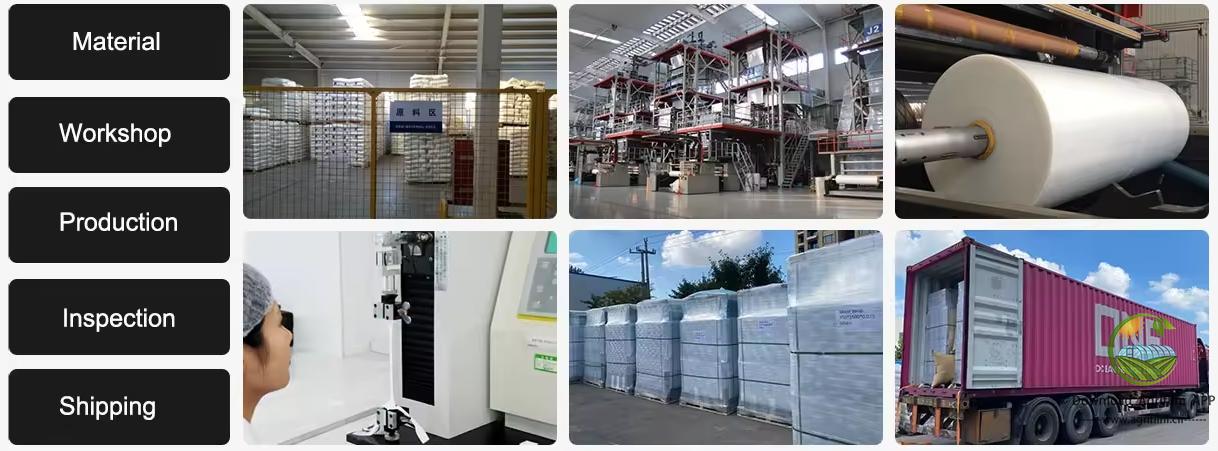
Introduction
Shrink film, also known as shrink wrap, is a versatile packaging material widely used across industries for its durability, clarity, and cost-effectiveness. This article explores the key types, applications, and advantages of shrink film, providing insights for businesses and consumers alike.
What Is Shrink Film?
Shrink film is a polymer plastic film that contracts when heat is applied. This property allows it to tightly conform to the shape of products, creating a secure and protective barrier. Common materials include polyethylene (PE), polyvinyl chloride (PVC), and polyolefin (PO), each offering unique characteristics for specific needs.
Types of Shrink Film
1. Polyethylene (PE) Shrink Film: Ideal for heavy-duty packaging, PE shrink film offers excellent durability and is commonly used for large items like furniture and appliances.
2. Polyvinyl Chloride (PVC) Shrink Film: Known for its high clarity and gloss, PVC shrink film is often used for retail products such as CDs, toys, and food items.
3. Polyolefin (PO) Shrink Film: This type is FDA-approved for food contact and provides superior tear resistance. It is widely used in consumer goods and pharmaceutical packaging.
Key Applications
- Retail Packaging: Shrink film enhances product visibility while protecting against dust, moisture, and tampering.
- Food Packaging: Its ability to create airtight seals makes it suitable for preserving freshness and extending shelf life.
- Industrial Packaging: Shrink film stabilizes palletized loads during transportation, reducing the risk of damage.
- Consumer Goods: Electronics, books, and cosmetics often use shrink film for a sleek, professional appearance.
Benefits of Shrink Film
1. Product Protection: Shrink film safeguards items from environmental factors and physical damage.
2. Cost-Efficiency: It is an affordable packaging solution that reduces material waste.
3. Sustainability: Many shrink films are recyclable, and advancements in biodegradable options are emerging.
4. Branding Opportunities: Printed shrink labels can display logos, barcodes, and promotional messages.
How to Choose the Right Shrink Film
Consider factors such as product weight, packaging speed, and desired finish. For example, PE shrink film is best for heavy loads, while PVC offers a glossy finish for retail displays.
Conclusion
Shrink film remains a cornerstone of modern packaging due to its adaptability and efficiency. Whether for retail, food, or industrial use, it provides a reliable solution for protecting and presenting products. As technology evolves, shrink film continues to innovate, meeting the growing demands of sustainability and performance.
 Jiangsu Dangkang Plastic Industry Co., Ltd
Jiangsu Dangkang Plastic Industry Co., Ltd